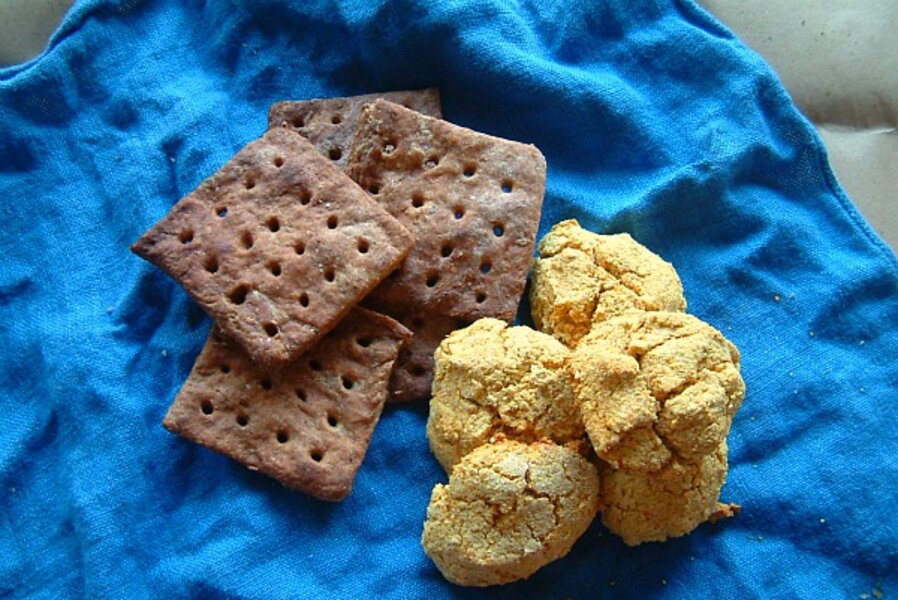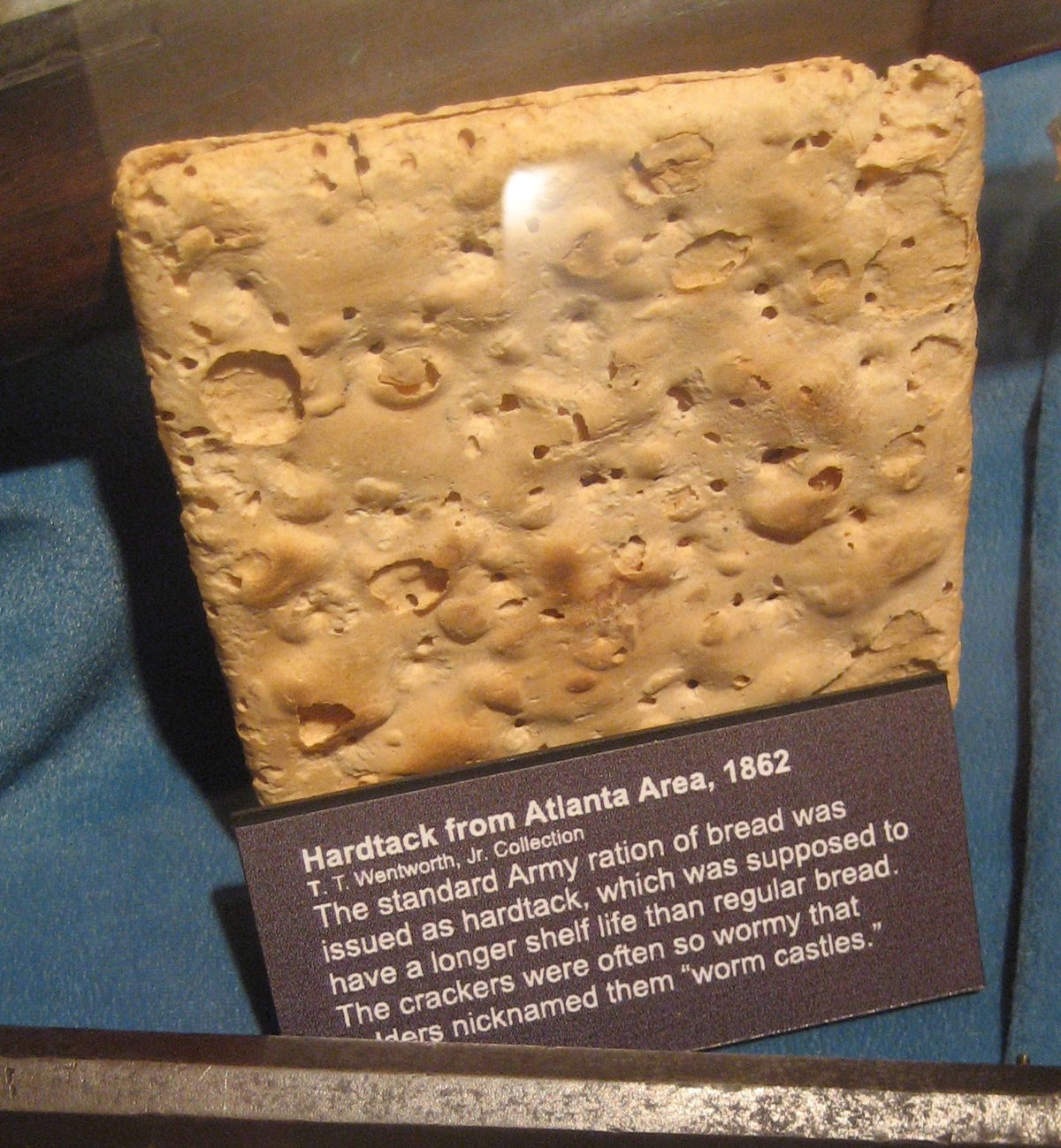Hard Tack Recipe Civil War
Hard tack, a simple yet crucial food staple during the Civil War, is a topic of historical interest and culinary curiosity. This hard, dry biscuit was a vital part of soldiers' rations, providing sustenance during long campaigns. In this guide, we will explore the history of hard tack, its significance during the Civil War, and a detailed recipe to recreate this historical bread.
Historical Background of Hard Tack
Hard tack, also known as "hard bread," "ship's biscuit," or "pilot bread," has been used for centuries as a long-lasting food source. Its origins date back to ancient times, but it gained particular prominence during the Civil War when it became a primary food ration for both Union and Confederate soldiers. The simplicity of its ingredients—flour, water, and sometimes salt—meant it could be produced in large quantities and stored for long periods without spoiling.
Significance During the Civil War
During the Civil War, soldiers needed non-perishable food that could endure the harsh conditions of military campaigns. Hard tack met this need perfectly. It was durable, easy to transport, and could last for months, if not years. Soldiers often received hard tack in their rations and would eat it plain, soften it in coffee, or cook it with other ingredients to make it more palatable.

Recipe Civil War
Traditional Hard Tack Recipe
Creating hard tack is straightforward, requiring minimal ingredients and effort. Here is a traditional Civil War-era recipe to make your own hard tack at home.
Ingredients
- 2 cups of flour (whole wheat or white)
- 1/2 to 1 cup of water
- 1 teaspoon of salt (optional)
Instructions
-
Preheat the Oven: Preheat your oven to 375°F (190°C).
-
Mix Ingredients: In a large mixing bowl, combine the flour and salt (if using). Gradually add water and mix until you form a stiff dough. The dough should be dry and firm but hold together.
-
Knead the Dough: Place the dough on a floured surface and knead it for about 5-10 minutes until smooth.
-
Roll Out the Dough: Roll the dough to a thickness of about 1/2 inch. Ensure it is even to allow consistent baking.
-
Cut into Squares: Using a knife or dough cutter, cut the dough into 3-inch squares. This size replicates the traditional hard tack dimensions.
-
Poke Holes: Using a fork, poke holes evenly across each square. This step helps the hard tack bake evenly and prevents puffing.
-
Bake: Place the squares on an ungreased baking sheet. Bake in the preheated oven for 30 minutes.
-
Flip and Bake Again: After 30 minutes, remove the baking sheet, flip each piece of hard tack, and return to the oven. Bake for an additional 30 minutes until the hard tack is thoroughly dry and hard.
-
Cool and Store: Allow the hard tack to cool completely before storing it in an airtight container. Properly stored, hard tack can last for years

Recipe Civil War
Using and Enjoying Hard Tack
Hard tack, as prepared by Civil War soldiers, is extremely hard and dry. To make it more edible, soldiers often soaked it in water, coffee, or soup. Here are a few traditional ways to enjoy hard tack:
- Soaked in Coffee: Submerge a piece of hard tack in hot coffee until it softens.
- Stewed: Break hard tack into pieces and cook it with meat or vegetables to create a stew.
- Fried: Fry hard tack in a pan with a bit of fat or oil to make it crispier.
Conclusion
The hard tack recipe from the Civil War era offers a glimpse into the daily lives of soldiers and their ingenuity in making the best of limited resources. By making hard tack, you can experience a piece of history and appreciate the resilience of those who relied on this simple yet essential food staple. Whether for historical interest, survival preparation, or culinary experimentation, hard tack remains a fascinating and enduring recipe.